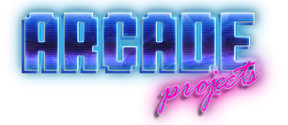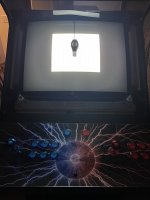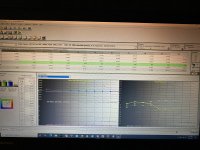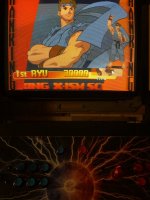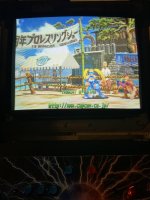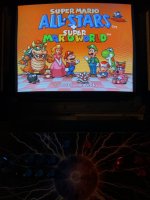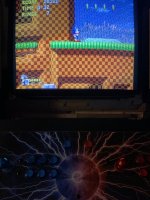ChuChu Flamingo
Enthusiast
On my Egret 2 I used emphatics guide to calibrate. Got decent results. Got better results with the arcadeotakus guide on my Nanao MS9.
What brad808 said is true. Every chassis+crt combo is a little different. A lot of these guides are general guidelines not exact formulas for maximizing.
Recapping is also a good idea like ShootTheCore states as capacitors can have a pretty significant impact on how well your tube CAN function. Another thing to keep in mind is a lot of these tubes+chassis probably have a lot of hours due to their commercial use + being over 20 years old.
What brad808 said is true. Every chassis+crt combo is a little different. A lot of these guides are general guidelines not exact formulas for maximizing.
Recapping is also a good idea like ShootTheCore states as capacitors can have a pretty significant impact on how well your tube CAN function. Another thing to keep in mind is a lot of these tubes+chassis probably have a lot of hours due to their commercial use + being over 20 years old.
Last edited:
